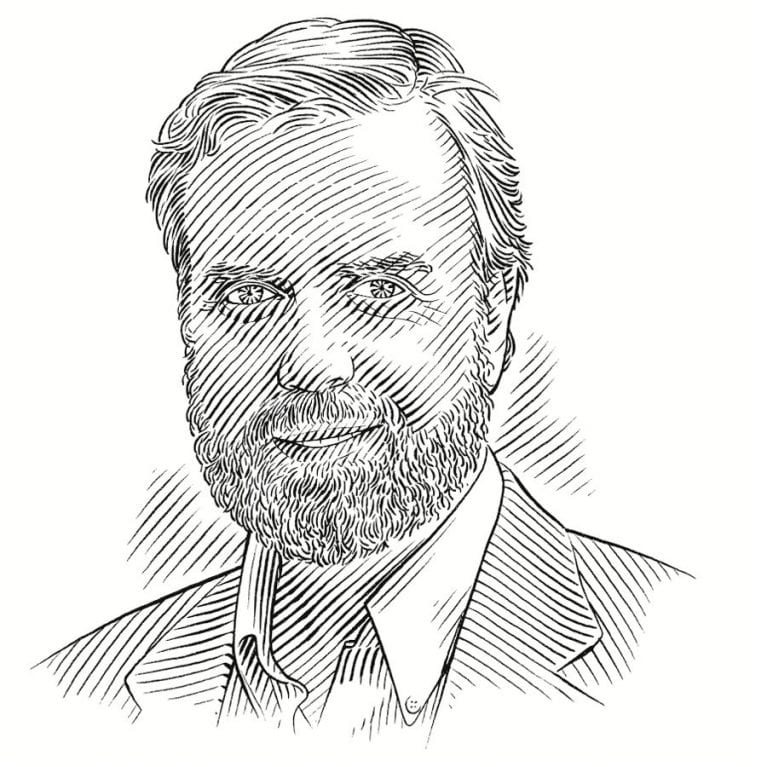Robert Hueter

Who I am
‘Growing up in the Jacques Cousteau era, I believed that marine biology was the future for someone interested in science,’ explains Bob Hueter. ‘My fascination with Cousteau’s explorations led me to take up diving at a young age. Spending summers on the south-east Florida coast, I snorkelled the local reefs and would watch and listen to the undersea life for hours – the myriad colours and forms, the sounds of barnacles closing and fish crunching on the reef. It was magical, and so perfect because all the living organisms were so well adapted to their environment. On those dives, my innate affinity for science came together with an acquired passion for understanding how life in the sea works. That was almost 50 years ago, and I have been a marine biologist ever since.
‘BSc and MSc degrees at the University of Miami (UM) in biology and marine biology and a PhD in zoology at the University of Florida prepared me well for a life of scientific study. As an undergraduate intern at a lab on UM’s marine campus I studied vision in sharks. That got me hooked and I have been researching sharks and their cartilaginous relatives ever since. Early lab work on the physiology of sharks was matched by field studies of their behaviour and ecology. In the late 1970s and early 1980s I tagged sharks from New England to Bermuda and the Bahamas. Thousands of sharks, long days working fishing gear, sailing before hurricanes – it was all so alive and inspiring.
‘When I came to Mote Marine Laboratory in 1988, I found a place as alive as the sea itself. It was like a research ship on land, everyone with a passion to explore new waters. In 1991 the designation of Mote as the US Center for Shark Research enabled us to achieve new heights in our studies on sharks, skates and rays, including their relationship with human society. All this has led me to assist Kim and her team in their study of the spotted eagle ray. We must save this species for future generations because we must save the ocean itself. I believe the best way to do that is with good science and a caring spirit.’
Where I work
Our conservation project on the spotted eagle ray Aetobatus narinari is providing much-needed information about its life history, abundance, behaviour, population structure and critical habitat in the Gulf of Mexico and western Caribbean Sea, as well as about the impacts of fisheries on the species. In some parts of the world, including Mexico and Cuba, these rays are targeted by fisheries or taken as by-catch.
We at Mote are working with academic institutions in Mexico (ECOSUR) and Cuba (University of Havana), bringing students from both nations to our field site in Florida and collaborating in all three countries to study and protect this ray. Our public outreach and education programme engages students on several levels, using exhibits on spotted eagle ray conservation, video productions, teacher training and media interviews.
What I do
The spotted eagle ray’s extremely low fecundity (one to four pups per litter) and vulnerability to fisheries have led to an IUCN listing as Near Threatened with a decreasing population trend. We are filling the gaps in research data needed to protect the species and build international bridges for its conservation.
Our work involves aerial, on-water and fisheries surveys, tag-and-release in the wild, international exchanges and training, and public outreach and education. We are discovering, among other things: fluctuations in the spotted eagle ray’s seasonal and annual abundance; growth rates and size at maturity; reproductive biology, including mating and pupping; genetic stock structure; and fisheries characteristics and landings. Our project addresses urgent concerns about the ray’s biology and status in the Gulf of Mexico and Caribbean Sea and serves as a model for collaborative study and protection of this and related species worldwide.
